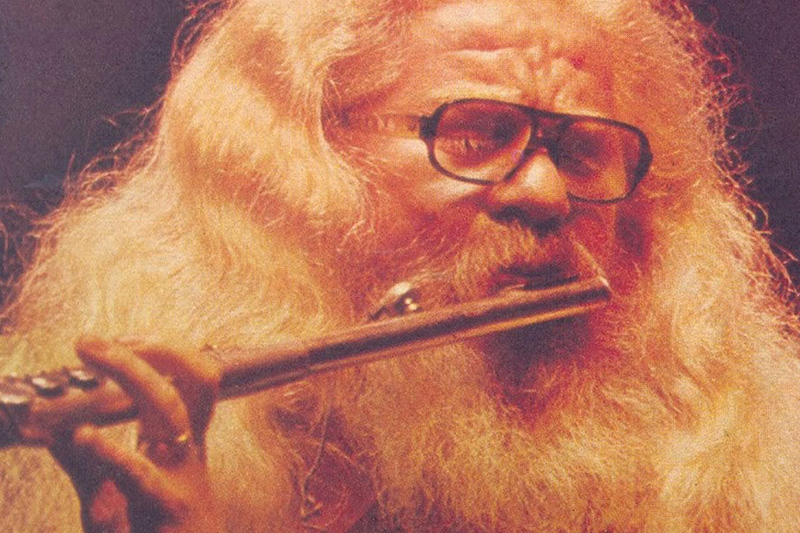EastEast Senior Editor Konstantin Koryagin talks about one of the key works of new Kyrgyz cinema.
Early spring. A small village in Kyrgyzstan. Eleven-year-old Mirlan is in love with sixteen-year-old Ainura and swings her on a swing ("selkinchek" in Kyrgyz). Their carefree life is interrupted by the return to the village of a marine who begins to date Ainura. The boy's heart yearns, but eventually this sadness helps him move from contemplation to creative action and grow up.
Filmed in the style of pure cinema, virtually devoid of dialogue, with non-professional actors in the main roles, Aktan Arym Kubat's film became an important milestone in the development of auteur cinema in Kyrgyzstan and had a great impact on the first post-Soviet generation of local directors.
The way in which the film’s symbolic and archetypal elements are immersed into the documentary reality of the Kyrgyz province was recognized by many critics: the film won the main prize in the short film section in Locarno (Switzerland), the Grand Prix at the Potsdam Festival, and a special mention by the FIPRESCI jury in Turin.
According to the author himself, the creation of the film was dictated by the search for a new Kyrgyz identity and aesthetics. In an interview, Aktan says that his directorial method is somewhat reminiscent of kurak, a technique of making patchwork blankets common in Central Asia:
I would like to emphasize the unique poetry of the kurak. These bits and pieces of cloth are given away during funerals. The family buys lots of fabrics, then tears them apart—approximately one elbow-length—and gives the pieces away to everybody who came to bid farewell to the deceased. This way, bits of different fabrics are collected in a household. Our mothers, more often grandmothers, sew a kurak from these pieces of cloth. In essence, a kurak accumulates memories of dead people—it becomes a patchwork of remembrance . . . I think that this essence of putting things together is very much like filmmaking.





